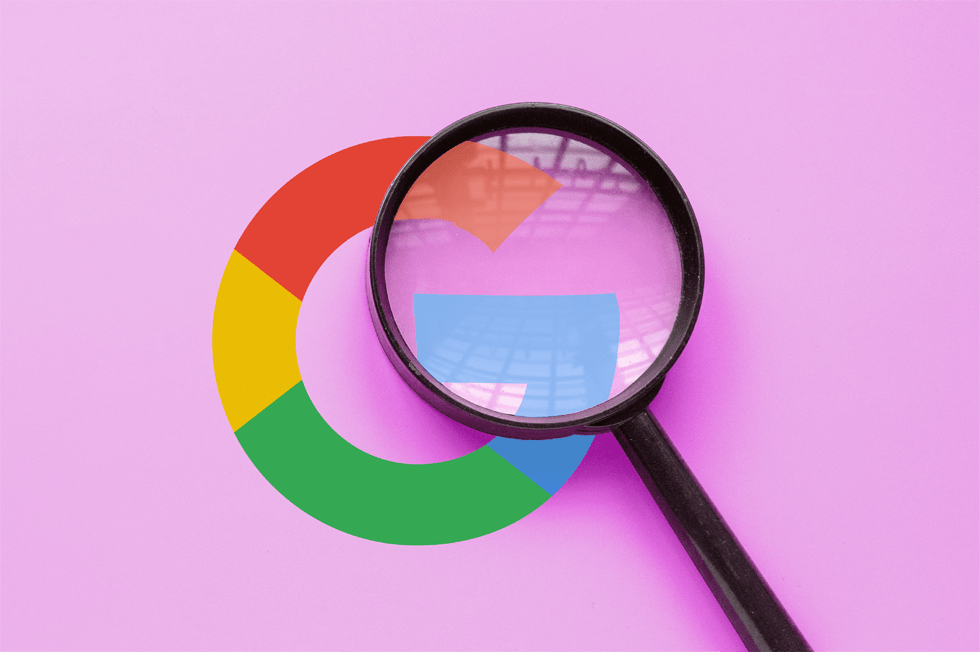Q4—the time when many e-commerce businesses make most of their money—is right around the corner. We’re sharing three tips for maximizing ad performance during this all-important time of year.
Rather listen than read? In our latest podcast, Chrissy Starkweather, Media Analyst 3 at Level Agency, shares her thoughts and best practices for maximizing Q4 e-commerce ad performance. Check out our most recent episode of Test. Learn. Grow. to hear the full conversation.
It’s hard to believe, but we’ve arrived at that time of year when e-commerce businesses should be taking a hard look at their Q4 marketing. Most of the yearly shopping done in the United States occurs during the holiday season, so how do you ensure that your brand is prepared as we move towards this busy time?
1. Do Your Homework
Tip number one is a biggie, so let’s break it down. First, you’ve got your planning basics:
- Budgeting: It may seem obvious, but do you already have a budget forecast for your Q4 marketing plans? Depending on Q1-Q3 success, you may need to adjust that budget, or perhaps you’ve found new opportunities. Nail down your numbers and plan accordingly.
- Audience Building: Have an audience strategy in place. Is there an audience specific to Q4 that you’re targeting—for example, holiday gift buyers—or do you need to create a new segment for discount sale buyers?
- Audit what works: Use Q3 as a time to audit your digital marketing channels before you roll out your holiday marketing plan. Are you where you need to be for peak season?
Take a look at last year—what worked and what didn’t, and is there anything that will be different this year? Maybe you held a special promotion last year for an anniversary, or perhaps you’re going to launch a new product this year. Be clear about what the pillars for your business are going to be. It’s also a great idea to be on top of what has evolved in the world of digital marketing over the past year. What has changed in the channel platform space? Google made changes to match type; iOS privacy updates were rolled out. How do these changes affect your marketing plans?
And the last part of your homework—understanding what will be different in the larger scheme of e-commerce in 2021. E-commerce saw record numbers of sales in 2020 due to the pandemic, and we still expect that to be true this year. But that doesn’t come without challenges: supply chain issues that impact stock and delivery, labor shortages, etc. So, how do you work around these issues, and how do they affect your digital marketing? Be prepared to be flexible and adjust your strategy accordingly, and make sure you have communication set up to let all parties know when you’re facing a struggle.
2. Play Your Game
In other words, you need to play to your strengths. It’s the core principle of knowing what works for you, anticipating what will be a top performer, and running all out to promote the top of the top during this period. Some ways to stay on top of this:
- 1st Party Data: September and October can be a great time for list building—use prospects, existing customers, contesting—really build an owned audience for peak Q4.
- Promotions: Maximize your promos with a calendar. Many e-commerce businesses run multiple promotions in Q4, especially from Black Friday to Cyber Monday. Plan and schedule these in advance to ensure clear communication across all channels.
Leverage your shopping and product feed to its fullest. These feeds are used across most digital marketing channels at this point, so make sure they’re in good shape and optimized with Q4 changes, like seasonal items and products on sale. That enables you to build campaigns that are targeted at specific audiences or segmented in a good structure to control bidding and budget.
3. Testing
Use Q4 to implement an ad testing plan. It’s a high-demand time for products and services, which makes it a great time for quick testing, as you’ll see results with higher volume. We’ve talked about knowing and maximizing your customer base, but Q4 also tends to bring an influx of new customers.
So, within your ad testing plan, think about how your messaging changes to address a new prospect. If your business has specific jargon associated with your daily deals or layaway program, you can:
- Test language that addresses someone not familiar with that jargon.
- Test different levels of promotions or callouts.
- Test different affinity audiences that you might not target on a regular basis.
- Test your platforms. Think TikTok might be a great fit for one of your audience segments? Now’s the time to test that.
Lastly, take this opportunity to leverage other tools or deploy new tactics that could benefit your 2022 plans. AI copywriting, anyone?
What did we miss? Give us your thoughts in a comment!






